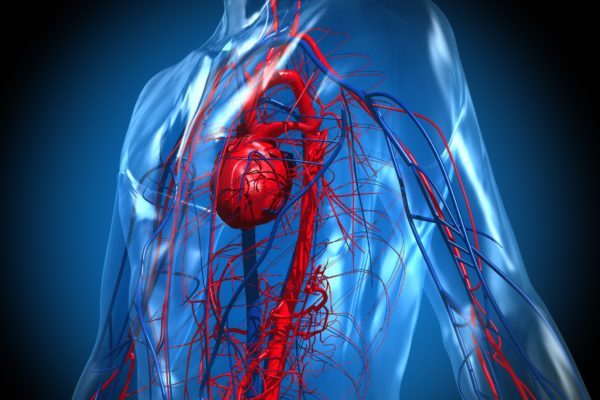Myeloproliferative disorders (MPDs) are diseases in which the bone marrow produces too many red blood cells, white blood cells, connective tissue and / or platelets. These are chronic conditions that slowly worsen as the number of blood cells increase.
Myeloproliferative disorders are relatively rare. Every year approximately 1000 patients are diagnosed with some type of MPD. MPDs are more prevalent in people aged above 50 and rarely in children. Men are more likely to develop a type of MPD than women.
Since October 2008, MPDs is also described as myeloproliferative neoplasias (MPN).
There are several types of MPDs. Every variant is related to the proliferation of one specific type of blood cell. Among the chronic myeloproliferative disorders are the following syndromes:
There is also a group of classical myeloproliferative disorders. This group includes the following diseases: polycythemia vera, essential thrombocytosis, myelofibrosis and mastocytosis.
The cause of myeloproliferative disorders is still unknown. However, recent data suggests that these conditions are related or caused by changes in the genetic material (DNA defects or mutations) in the stem cells of the bone marrow.
Diagnosis usually occurs through blood tests and bone marrow biopsies examined under a microscope. Further investigations include X-rays, MRI and ultrasound.
Administration of chemotherapy agents, radiotherapy and surgery, such as a bone marrow transplant are all treatment options for myeloproliferative disorders. Targeted therapy is also an evolving area of treatment. For more information, please read the relevant sections for a particular myeloproliferative disorder.



